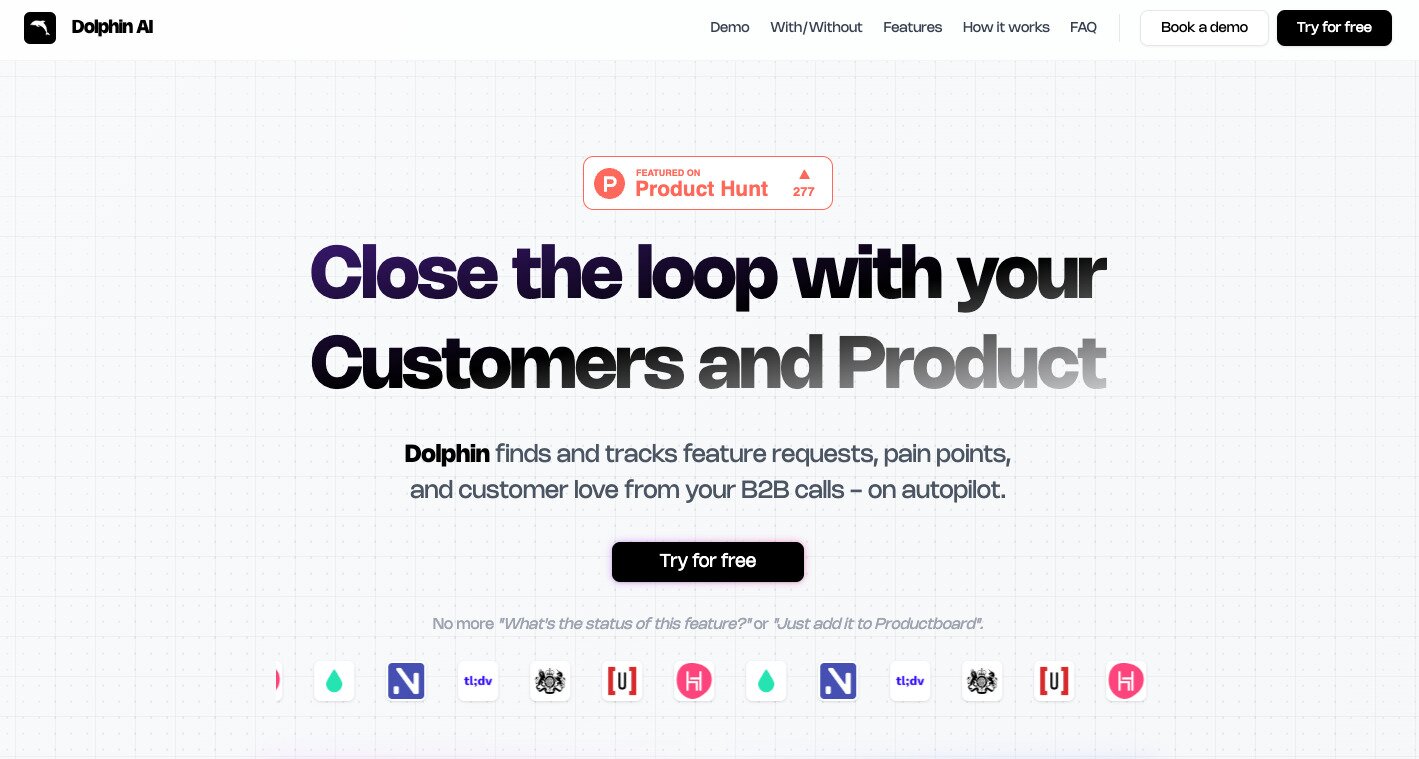In this ProductTank Bristol talk, Nils Janse, Founder at Delibr, takes us through some insights from his book Epic Alignment and explains how the best product managers work with feature documents.
Watch the video to see his talk in full or read on for an overview of his key points:
- Meet the complexities of Product Management
- Drive towards impact, base it on research
- Embrace user stories as a shared language
- Use a single source of truth to create a shared understanding
- Expose micro-decisions through questions
Meet the complexities of product management
There are several definitions of what product management is and what the product manager role is about. However, as Nils explains, the product manager is responsible for four things:
- Product strategy and vision
- Product prioritization and problem-solving
- Execution: timelines, resources, and removal of obstacles
- Communication and collaboration across the other three principles
Why the job is so hard
While all knowledge workers handle a set of decisions made together with other people in some process, the complexity of a role comes from the aggregated complexity across all three areas. This includes factors such as how many people give input into making a decision and how much those inputs vary.
Drive towards impact and base it on results
Product managers face a lot of pressure from stakeholders across the organization to put things on the roadmap. However, great product managers can overcome this pressure by doing three things:
- Aligning on business impact: They think about impact like top management and manage upward.
- Building a knowledge base with research and linking that research to impact.
- Prioritizing the business impact but focusing on customer outcomes.
Embrace user stories as shared thoughts
Product managers need to express features as user stories, thinking of stories and not requirements to embrace user stories. They also need to do joint user story mapping sessions that involve the team and stakeholders and capture the conversation triggered by the user story.
Want to find out more about your customers? You need to first understand that you are not your user.
Use a single source of truth to create a shared understanding
Nils provides five principles that product managers can use help to establish a single source of truth:
- Write things down. Unless teams are small enough (around 6-8 people), you need to write things down to avoid disconnected conversations.
- Capture most details in epic documents. Put everything in one place so it's easy to find.
- Make epic documents live across stages. Work with the same documents for all steps of the process, from discovery to user stories and technical details.
- Use a template that can anticipate topics. This template should be user story-focused and structured for stakeholder readability.
- Get the structure you need with an outliner. An outliner is a type of word processor where the document is represented as a tree structure with bullets. When used with a template, it allows product managers to easily add all the details they want without stakeholders being overwhelmed.
Expose micro-decisions through questions
As a product manager, you should handle decision-making by exposing the underlying questions to ask the right questions. Also, work to facilitate structured discussions for difficult decisions.
The key takeaway from this talk is that the decision-making process should be transparent within the document when creating an epic.
Enjoy more from ProductTank
ProductTanks are informal meetups, created by Mind the Product, to bring local product people together and to enable speakers to share amazing product insights. Today we have ProductTanks in more than 200 cities across the globe and there’s probably one near you.
Learn more about ProductTank – find your local meetup, explore more ProductTank content, see the latest ProductTank news, and discover ways to get involved!






